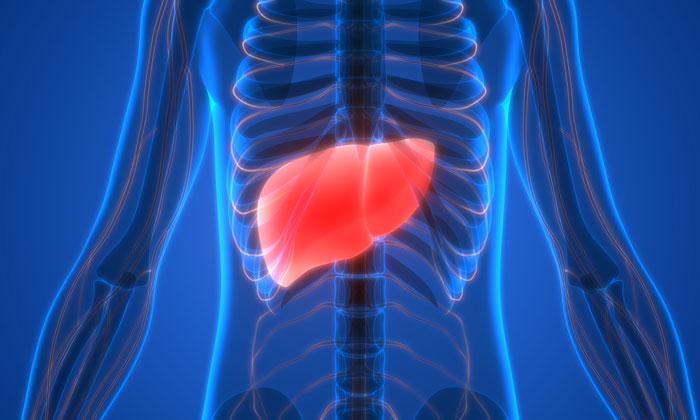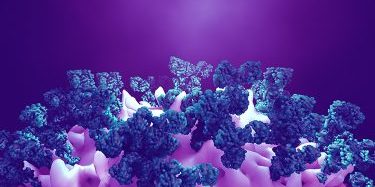Scientists make key development in understanding type-2 diabetes mechanism
Posted: 29 November 2017 | Drug Target Review | No comments yet
Scientists at the University of Geneva (UNIGE) have deciphered the mechanisms that link obesity with type-2 diabetes at the cellular level, thus explaining the reasons behind an association that is already well known.


Among the many detrimental effects of obesity is the risk of developing type-2 diabetes. If the strong links between obesity and type-2 diabetes are well known, the cellular and molecular mechanisms have so far been poorly understood. However, scientists from the University of Geneva have made strides in unravelling the factors that link obesity and insulin resistance. By deciphering how the protein PTPR-γ inhibits insulin receptors located at the surface of liver cells, they have opened the door to potential new therapeutic strategies.
Liver plays a key role in onset of type-2
Affecting as many as 650 million people worldwide, obesity has become one of the most serious global health issues. Among its detrimental effects is the increased risk of developing metabolic conditions – primarily type-2 diabetes. Scientists from the University of Geneva have begun to unravel the factors linking obesity and insulin resistance, as well as the key role played by the liver in the onset of the disease. Studies have enabled them to decipher how the protein PTPR-γ, which is increased in the context of obesity, inhibits insulin receptors located at the surface of liver cells, which represents a huge potential for future therapeutic strategies. The expansion of fat cells leads to an increase in inflammatory signals that have effects on the liver as well as several other organs. Obesity-induced inflammation triggers the activation of a transcription factor called NF-kβ, which seems to be instrumental in the development of diabetes.
Commenting on the exact cellular and molecular mechanisms at stake and how they might lead to new therapeutic strategies, Professor Roberto Coppari, coordinator of the UNIGE Faculty of Medicine Diabetes Centre, explained: “We focused on a protein called PTPR-γ (for Protein Tyrosine Phosphatase Receptor Gamma), which is a target of NF-kβ. We first examined various human cohorts: these human studies indicated that PTPR-γ content in liver increases upon inflammation, an effect that could directly affect insulin receptors by inhibiting insulin action”, he added.
No diabetes without PTPR-γ
To test their hypothesis, the scientists modified the levels of PTPR-γ expression in mice – by either supressing, normally expressing or overexpressing it – and observed the effect on insulin resistance. “The mice totally lacking PTPR-γ, when put on a high-calorie diet, did develop obesity. But they did not show any sign of insulin resistance and seemed to be entirely protected from diet-induced diabetes”, explains Xavier Brenachot, a researcher at UNIGE Faculty of Medicine and first author of the study. The scientists also administered lipopolysaccharide, a toxin pertaining to certain bacteria of the gut microbiota associated with obesity and insulin resistance. Once again, the animals lacking PTPR-γ did not develop insulin resistance.
To fine-tune their analysis, Roberto Coppari and his colleagues reconstituted the expression of PTPR-γ at normal levels, but only in hepatocytes (liver cells). The mice were again prone to insulin resistance, indicating the pivotal role of the liver. Moreover, a two-fold overexpression in the liver (mimicking the natural pathophysiology of obesity) was sufficient to cause insulin resistance.
A new therapeutic target?
The metabolic functions of this protein were never characterised; this discovery therefore opens the door for potential new therapies. Previous studies had already studied PTP proteins in search for diabetes treatments, unfortunately to no avail. However, contrary to some of its family members that are intracellular, the protein identified in Geneva is located on the cell membrane, making it far easier for therapeutic molecules to access. Interestingly, the form of this protein allows for potential inhibition strategies: when two independent PTPR-γ molecules are brought together by a ligand, they can no longer act. The researchers are now working on identifying the endogenous ligand produced by the body, or on developing molecules that could mimic its function.
Related topics
Amino Acids, Antibodies, Disease Research, Protein
Related conditions
Type-2 diabetes
Related organisations
UNIGE Faculty of Medicine Diabetes Centre, University of Geneva
Related people
Professor Roberto Coppari, Xavier Brenachot








